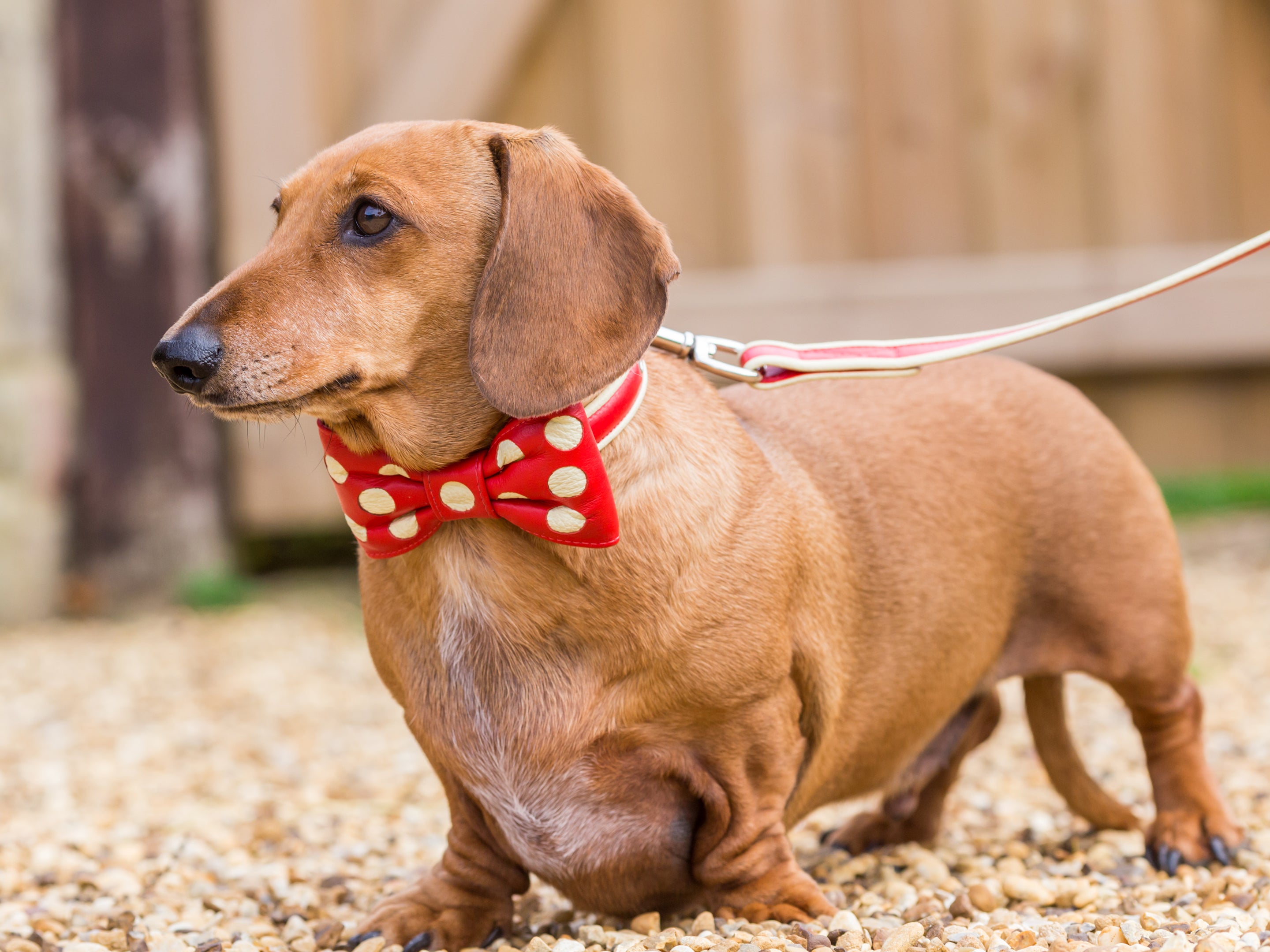Canine emotional well-being: introducing a newbie to your doggy family
The penultimate post in our week-long series to mark Love Your Pet day - all about different aspects of the emotional well-being of dogs by canine behaviour expert, Penel Malby. Over to Penel ...
At some point, almost every dog owner thinks about taking that big step to bring another dog into their home. The way in which that introduction is managed, whether it’s a puppy or an older dog, is hugely important when it comes to the emotional well-being of the new member of the family as well any current dog(s) already in the home.
 Birdie the Labrador at 10 weeks. If you do decide to bring a new dog to join existing dog(s) in your home, a sensible plan to introduce the dogs can set-up you and your dogs for a happy and harmonious life together.
Birdie the Labrador at 10 weeks. If you do decide to bring a new dog to join existing dog(s) in your home, a sensible plan to introduce the dogs can set-up you and your dogs for a happy and harmonious life together.
Manage your expectations
Firstly, don't expect everyone to get on well immediately, and when I say immediately I mean this could take days, or even weeks.
 Birdie - absolutely adorable and cute as a button but they can also be little terrors. Luckily Hobson is bombproof and very puppy friendly but not many dogs would tolerate this kind of puppy behaviour while they're still developing their social skills.
Birdie - absolutely adorable and cute as a button but they can also be little terrors. Luckily Hobson is bombproof and very puppy friendly but not many dogs would tolerate this kind of puppy behaviour while they're still developing their social skills.
Puppies are annoying – we think they are so cute, but adult dogs mostly find them annoying - and we don't want our current dog to just find the puppy annoying all the time. New rescue dogs may come with issues which you won't know about until they happen.
The reality is that it takes a while for dogs to get to know each other and be comfortable in each other's company.
Create safe space before your new dog arrives
The most important thing you can do as the human is give everyone a lot of safe space. When I say safe, I mean that you ideally will separate areas of your living space so that the new puppy or dog can be separated from the others.

Birdie waiting for her dinner. Safety gates can be used to create safe space for dogs allowing them to see each other but without being able to get to each other. There are heaps of types available online and in high street stores.
I use safety gates that are readily available from heaps of retailers and can be fitted to doorways in between rooms and hallways. They are brilliant as they create a physical barrier without having to shut any doors so all the dogs can see each other but can't get to each other. It means you can cook dinner, go have a shower, nip out to the shops if you need to, without worrying about how the dogs are getting on at home. Always choose a gate height that is appropriate to the size of your dog. Safety is paramount!
The introduction
If you are bringing in a new rescue dog, ideally introduce them to your current dog on neutral territory. Parallel lead walking – no face to face contact and no bum sniffing – even for just ten minutes before you go into the house together is beneficial. If that's not possible, then at least do it in the garden if you have one or as a pavement walk down a quiet road. If possible, use a barrier such as a fence or a gate, so they can meet without the risk of anyone getting upset.
If that goes well, you can progress to parallel walking, or even off lead together, in a safe space.
This was the moment the Charley Chau gang met Brutus for the first time. Christine & Jenny would change a few things about this first meeting, knowing what they do now, but the introduction of the dogs in a safe and neutral space - a fenced tennis court at a local park - was a good idea. Christine was also going with her instinct as she had spent time with Brutie before he met the gang and knew that all of the dogs involved were well socialised although poor Mabel was still not happy!
You know your current dog(s) well enough to know if they can cope with the newbie. Space is the key - dogs need space so that they can control their distance from the other dog or puppy. Bear in mind it’s not for us to decide what makes them feel safe, dogs will either feel safe, or they won’t.
If you have a very social, well-skilled adult dog, then it's fine to see how intros go in the house but I always try and do outdoor meets for at least the first day or two. They will have the rest of their lives together, there's no rush for everyone to be best friends.
Feeding time
Feeding must be done separately and again, dog gates are a great way to manage this. Dogs don't want to share their bowl with a puppy or a strange dog. My own dogs are fed separately their whole lives as I think making them eat near each other could create unnecessary stress for them. I don't want my dogs to eat quickly in fear of another dog coming to steal their dinner.
 My dogs live very happily together but I always feed them separately so they can eat without having to worry someone else might steal their dinner.
My dogs live very happily together but I always feed them separately so they can eat without having to worry someone else might steal their dinner.
If you have a puppy who will need to eat 3 or 4 times a day, give the others a treat at the same time the puppy is eating to help build positive association: 'ooh the puppy is eating – we get a treat – we like it when the puppy is eating'. Also, going forwards, you may have dogs on different diets (I do) or medication in some food and not others, so feeding separately is a good habit to get into.
Sleeping spaces
We all need quality sleep in order to be our best the next day. How you tackle sleeping arrangements depends on the situation and what the new puppy or dog is used to but I would never leave a new dog, puppy or adult, to sleep together with the current dogs.

It's fine for an established pack of dogs to sleep together as they choose but never leave a new dog to sleep with your existing dog(s).
Puppy pens are useful, and we generally find space for one in our bedroom so that the puppy isn't left on their own. I'm not a fan of leaving puppies to cry, it's sad and stressful, and I want to bond with them, I don't want them to be upset, so they sleep with us or very close to us in a pen. With an adult rescue dog, I would have an appropriate height safety gate on the bedroom door so the existing dog(s) can be on one side and the new dog the other side.
 Birdie didn't sleep with the other dogs until she and all of my other dogs had bonded well. Once established in the family group Birdie had the choice of sleeping with the other dogs or taking herself off for some quality alone time. This is Birdie enjoying her Charley Chau Bliss Bolster Bed!
Birdie didn't sleep with the other dogs until she and all of my other dogs had bonded well. Once established in the family group Birdie had the choice of sleeping with the other dogs or taking herself off for some quality alone time. This is Birdie enjoying her Charley Chau Bliss Bolster Bed!
Daytime sleeping also needs a choice of places to sleep, we currently have three dogs, and 6 dog beds, and several sofas – now they are all bonded, sometimes they all pile in together and sometimes they sleep in totally different areas.
Walking together
I find that taking them all together on walks really helps the bonding process. Puppies can be carried in a sling type bag, or pushed in a buggy - you can even hire buggies nowadays, and there are many used ones for sale online. The buggy was a total lifesaver for us with Elmo as he's a big puppy and we couldn't have carried him on our long walks. Hobson and Birdie got used to him coming out with us and gradually he was able to do a few minutes out of the buggy. It also helps the puppy get used to the scents and sounds of your walking places which is great preparation for when they’re ready to join 'the big dogs'.
 Me with my gang: Lola, Hattie, Barley, Gracie, Morris and Figgis. Living with a group of dogs is an absolute joy, having 6 together was one of the best times of our lives.
Me with my gang: Lola, Hattie, Barley, Gracie, Morris and Figgis. Living with a group of dogs is an absolute joy, having 6 together was one of the best times of our lives.
Dogs are a social species, they don't want to be alone, so even if you can't have more than dog, try to find a way for your dog to have some doggy company every day.
© Penel Malby 2023
Look out tomorrow for our last post from Penel in this series on canine emotional well-being to mark Love Your Pet Day!
About Penel
Penel Malby is canine behaviour expert, writer, phoographer, and all round dog enthusiast who lives in Norfolk with her husband and English Setters Hobson and Elmo, and Birdie the Labrador. Penel trained dogs and cats on movie sets for the first 10 years of her career as a dog trainer and behaviourist, before co-founding a renowned dog training and behaviour company in Surrey as a member of PACT and the ABTC. Many dog lovers have seen some of Penel's other dog-related work as she was the cover photographer for Dogs Today and Dogs Monthly magazines for many years. Penel writes on many subjects to do with dogs with the intention of making both the lives of dogs and their owners better.
 Usually found walking with her dogs along the beaches and through the woods of Norfolk near her home, Penel runs an English Setter training group on Facebook and you can follow Penel and her gang at The Daily Hobson.
Usually found walking with her dogs along the beaches and through the woods of Norfolk near her home, Penel runs an English Setter training group on Facebook and you can follow Penel and her gang at The Daily Hobson.














